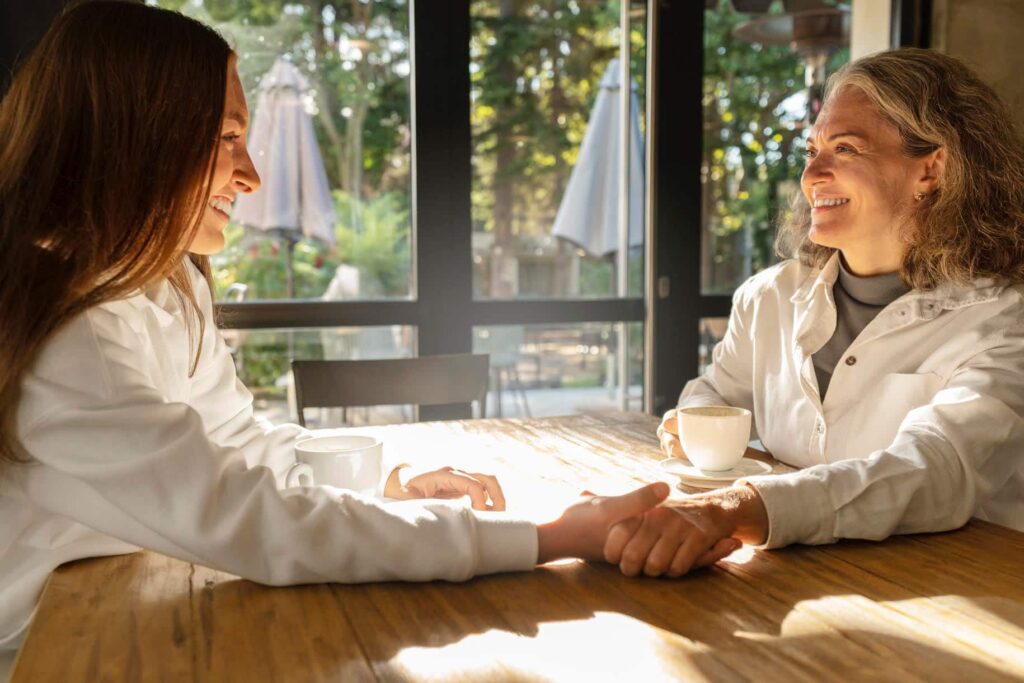
How can a biofeedback practitioner build stronger relationships with their clients?
iofeedback is more than a modern technology – it’s an opportunity to connect more deeply with our own bodies. Devices provide real-time data such as heart rate, breathing, or muscle tension, and clients gradually learn how to consciously regulate these processes. Many turn to this method when they want to reduce stress, ease anxiety, or improve their performance.
But what makes a biofeedback session truly successful? Most of the time, it’s not the technology itself. Far more often, it depends on how well the practitioner can tune in to their clients.
The shared space of body and mind
You can look at biofeedback as mere measurement: numbers, curves, displays. Yet anyone who goes deeper knows that it is really about the dialogue between body and mind. When physiological feedback is combined with approaches that support mental health, clients gain an entirely new experience.
Imagine someone feeling tense, breathing rapidly, and not even realizing they are reinforcing their own anxiety. If at that moment the practitioner doesn’t only show the data but also helps uncover the connection between body, thoughts, and emotions, clients often begin to see themselves differently—sometimes already after the first session.
This is why the ICF – the International Coaching Federation – emphasizes core skills such as building trust, attentive listening, raising awareness, and setting shared goals. Without these, a session can easily turn into simple data presentation, stripped of true value for clients.
Three paths, three approaches
No two clients are alike, and there is no single right method. Biofeedback practitioners can draw from different styles depending on what their clients need most:
client-centered approach
Here, the client’s goals are central. The practitioner doesn’t dictate but instead creates a supportive space where clients can actively shape their process. This makes training more personal and motivating.
directive approach
This provides structure and safety. It is especially helpful for clients experiencing biofeedback for the first time. The practitioner offers clear, step-by-step guidance that reduces uncertainty.
cognitive-behavioral style
This method highlights the link between physical responses and thoughts. It helps clients recognize how emotions, thought patterns, and bodily processes influence one another. For example, it can be particularly effective for ADHD clients.
What makes a practitioner stand out?
A biofeedback device on its own is just a tool. The real difference lies in the practitioner behind it. To excel, several skills are essential:
- solid technical knowledge, so that data becomes more than just numbers for clients
- clear explanations, free from jargon, so clients can easily understand
- emotional intelligence, showing empathy and genuine attention to clients
- shared goal-setting, with measurable steps tailored to clients’ real needs
- flexibility, so methods adapt to each situation and individual progress
- ethical practice, ensuring respect, safety, and trust in clients
How to grow in this field?
Most practitioners are not born ready-made professionals. It’s experience, continuous learning, and openness that gradually make working with clients feel natural and effortless.
Attending conferences, workshops, and observing how others work can provide fresh inspiration. Sometimes, a small change—like asking a new kind of question—can lift the entire process to a new level.
It’s worth noting already: the 2025 Biofeedback Conference will take place in Budapest, October 22–26. This will be an excellent opportunity for practitioners to gain first-hand experience, discover new methods, and connect with the international professional community.
Final thought
Biofeedback is not just technology. It is a bridge between body and mind—one that only works fully when there is also a living connection between practitioner and client. Those who recognize this, and give equal weight to both science and the human side, become truly effective biofeedback professionals.